Numerical Methods for Coupling Problems in Porous Media Field
Please login to view abstract download link
The simulation of coupled problems in porous media is critical for applications such as subsurface flow, geothermal energy systems, and hydro-mechanical interactions. While partitioned methods offer flexibility in solver selection and physics combination, their computational cost and convergence challenges, particularly for strongly coupled processes, remain significant obstacles. Building on the foundation of the coupling library preCICE, which is designed to couple black-box solvers for multi-physics problems, this work focuses on developing and implementing advanced numerical methods to enhance the efficiency and robustness of coupled simulations in the porous media domain. Specifically, we investigate quasi-Newton methods to improve usability for physically constrained data, a common case in porous media field, and propose strategies to reduce the computational cost of 1-N multi-scale simulations by dynamically adapting solution accuracy. These developments are part of ongoing research efforts. Preliminary results from a two-scale heat conduction problem demonstrate significant improvements in stability and computational efficiency. This presentation will outline the principles of these methods within the coupling framework, share results from numerical experiments, and explore their potential for application to real-world problems.

